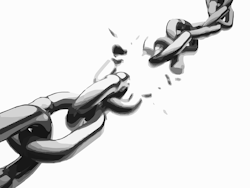On the eve of the release of the ISO telematics standard, another technology conundrum has been introduced to fleet managers: right to repair.
So-called Right to Repair laws are on the books in several states to provide guidance for the automotive industry. On the agriculture side, farmers are pushing for legislation on the state and local levels.
It is the agricultural push that has bubbled up into the construction equipment conversation. In June, the AEMP board of directors invited representatives from AEM, which includes manufacturers of agriculture equipment as well as construction equipment, to explain the issue.
Right to Repair is a phrase applied to any industry employing non-OEM technicians to fix products, everything from single-lens reflex cameras to combines and now crawler dozers. At the heart of the issue is the technology being baked into products. Intellectual-property rights protecting software preclude non-OEM technicians from accessing products to diagnose problems. This most recently played out in automotive repair and is now causing farmers (the original breed of can-do equipment owners) to fight for their own “right to repair.”
At issue, say product owners, is the ownership of the product’s software. Not so fast, say manufacturers: The software is “intellectual property” and is protected from unauthorized access.
This is oversimplified, but the situation creates potential for extended downtime and increasing repair costs. A dozer’s electronics act up, requiring shut down, and the fleet’s technicians cannot diagnose the problem without access to the electronics. They call an authorized OEM dealer, then wait for the service call. Uptime plummets, production stalls, and technicians are stymied.
“Heavy equipment owners need to be able to effectively manage certain noninvasive repairs on their machines in the most efficient, expedient manner,” said Stan Orr, AEMP’s chief staff executive. “And they need to do so without sacrificing profitability.”
As noted, this is oversimplified. Some fleet executives say such a call to arms for right to repair is a few years down the road. But following June’s board meeting, AEMP has indicated it is willing to act. “We have offered to help inform AEM on the perspective of equipment-intensive companies as to what’s important to a heavy-equipment fleet,” Orr said.
AEMP and AEM have worked diligently on standardizing telematics data, a process that resulted in an open and useful relationship between manufacturers and end-users. This relationship holds great promise for the ensuing conversations about right to repair.






